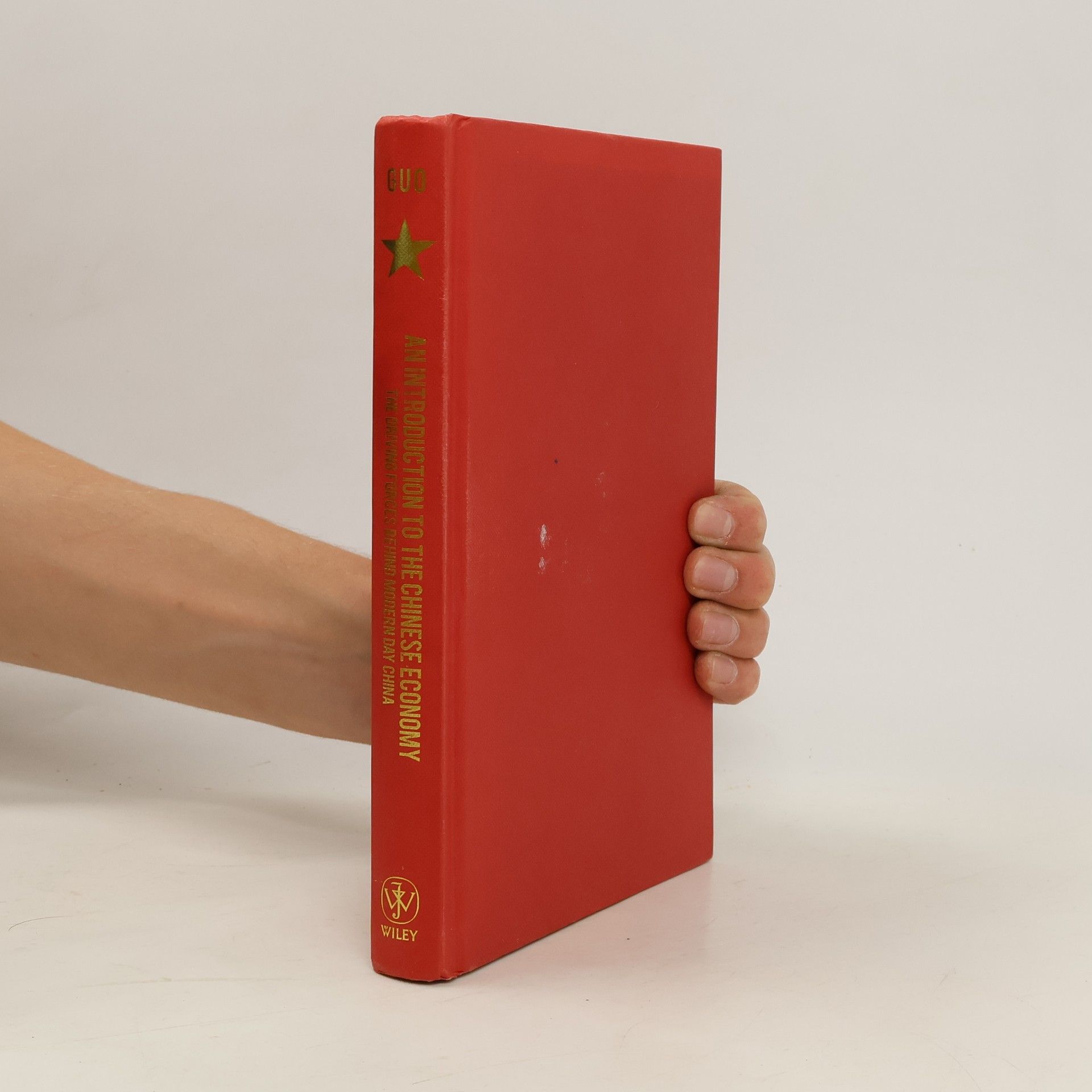This comprehensive overview of the modern Chinese economy by a noted expert from China offers a quality and breadth of coverage. In this book, the author provides an introduction to China's economy since 1949 and original insights based on his own extensive research. The book sets out to analyze and compare the operational mechanisms of the Chinese economy between the pre- and post-reform periods and through national, regional and local dimensions. Both positive and negative consequences of the Chinese economic transformation have been clarified. A multiregional comparison of the Chinese economy is conducted in terms of natural and human resources, institutional evolution, as well as economic and social performances. At last, some key issues relating to the inherent operational mechanisms of and the dynamic patterns of the Chinese economy are also discussed.
Rongxing Guo Knihy
1. január 1962


China Ethnic Statistical Yearbook 2020
- 440 stránok
- 16 hodin čítania
Focusing on the socioeconomic conditions of China's diverse ethnic groups, this updated edition of the China Ethnic Statistic Yearbook provides original research and comprehensive data. It highlights the contrast between the Han majority, over 90% of the population, and the 55 officially recognized ethnic minorities, which collectively exceed 100 million people. The Zhuang stand out as the largest minority with over 15 million individuals, while the Lhoba represent the smallest group, with a population of approximately three thousand.